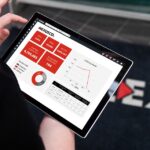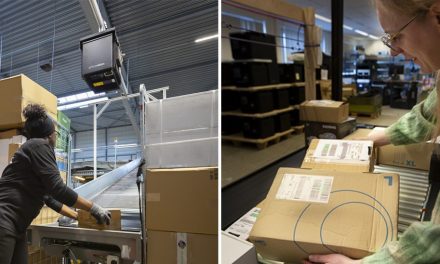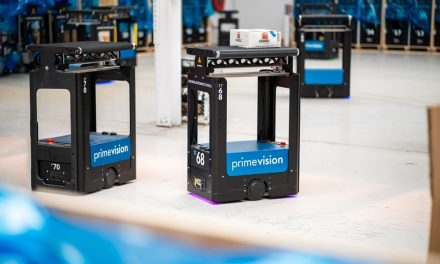
System development: The key to optimising productivity
In every field of volume production, automation is becoming an increasingly critical component in improving operational efficiency and saving costs. The postal industry is no exception. And although some markets have been slower than others to make this capital investment the majority of posts have comprehensively automated their sorting and handling procedures. Automated identification technology, including optical character recognition – OCR – to ‘read’ printed and handwritten addresses and other information on a letter or a parcel, has been widely adopted. This technology also integrates video coding that allows unread parcels to remain on the sorter, eliminating the need for further manual handling and re-labelling.
The threats and opportunities presented by deregulation have been key drivers in automating postal processes but the parameters are constantly changing. The worldwide recession has taken its toll resulting in lower volumes, declining revenues and tighter profit margins. The letter market has been hit hard and the parcel and express sectors are feeling the pinch too.
Competition is intense as the market is consolidating internationally and domestically. Rather than making wholesale changes in their automation systems, postal organisations are seeking to fine-tune them. It’s all about getting a better return on existing systems and building automation bridges that link parts of the process or the business together.
The Post Danmark division of the newly formed Posten Norden provides a good example of a post that has been continuously enhancing its sorting automation to achieve higher productivity and add value to its customer service. It was one of the very first posts to install the Prime Vision ParcelVision OCR platform and has always regarded the automatic reading of machine and handwritten text – OCR and ICR – as an evolving process.
So, when ParcelVision was developed to work across the worldwide web, Post Danmark was swift to upgrade. The nationwide deployment of ParcelVision allowed the post to share resources over the security of a closed business network. One of the key benefits was the effective management of fluctuations in throughput, particularly at peak periods.
Then in 2009 Post Danmark achieved a video-coding reduction on flats of more than 60% by integrating its primary OCR system from NEC with a secondary system from Prime Vision. The differences between OCR systems, or orthogonality as it is known, delivers real value for any organisation looking to maximise their automation rates.
Although there is a large percentage of cross-over in reading capabilities, the respective recognition technologies have individual strengths. What one OCR misses the other captures, pushing performance boundaries beyond the achievement of a single OCR engine. This approach enables the operator to make significant savings on operational costs.
An improvement in parcel read rates by 25% was Post Danmark’s next accomplishment. This was achieved by Prime Vision’s development of its ParcelVision system to deepen the level of information capture on both machine printed and handwritten items. And the success of this has now led to another world-first in OCR.
Post Danmark has just rubber stamped the appointment of Prime Vision to integrate the first ever multiple site, multiple OCR and video coding platform for flats and parcels. And this is its most ambitious upgrade programme to date as it breaks new ground.
This project requires Prime Vision to integrate the latest camera systems from Vitronic with three OCR engines for automatic processing of machine printed and handwritten addresses. The company’s latest video coding solution has also been specified to support coding traffic from multiple sites, enabling Post Danmark to share this workflow.
The overall package will additionally provide Post Danmark with a nationwide image archive system. An optimised delivery network involving fewer miles and requiring fewer vehicles will be a further benefit as will the introduction of new, ‘smart’ customer services.
Post Danmark’s incremental approach to gearing up its automation is by no means an isolated example. Many other posts are also seeking to enhance their operational and financial performance in a similar way.
The initial phase of high investment in postal automation may be coming to a close but there is still the potential for considerable improvement. And this is where the development approach, adopted by companies such as Prime Vision, can really make a difference. It provides a growth path to optimised productivity and that all important competitive edge.












